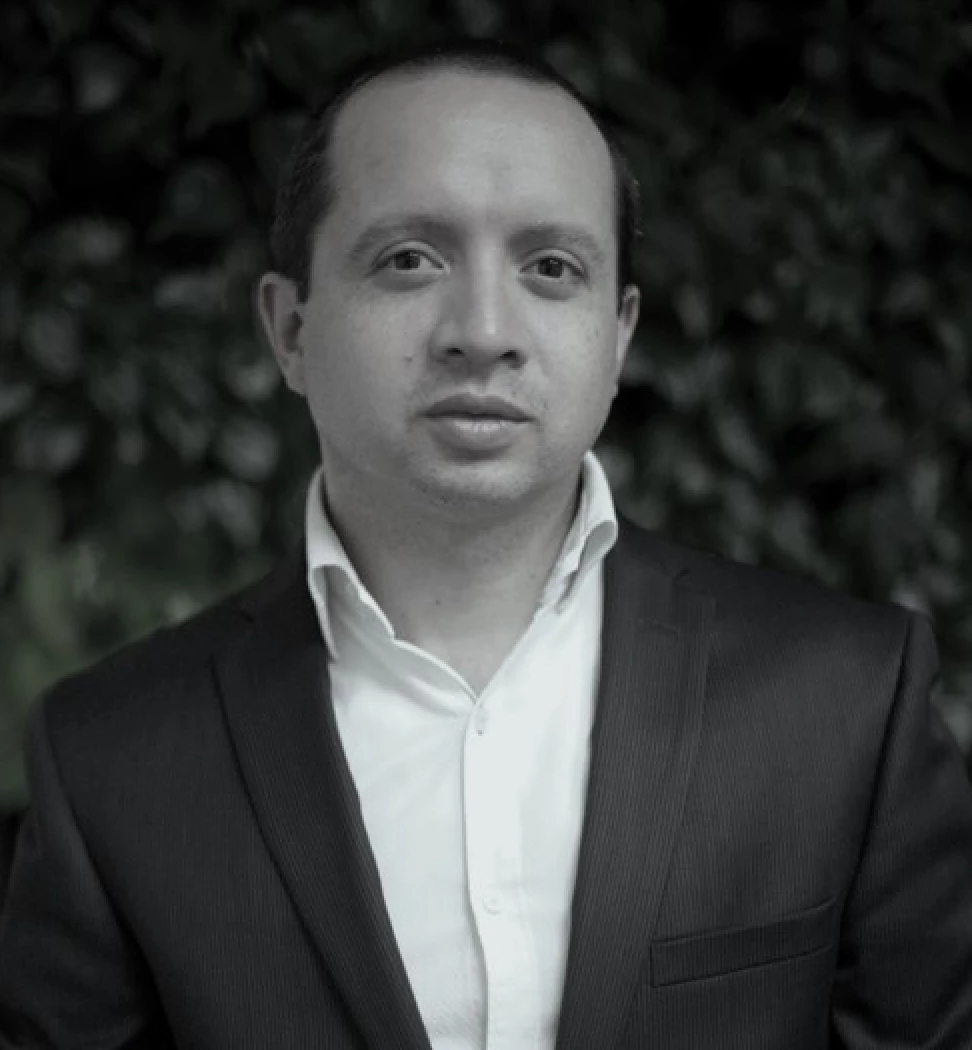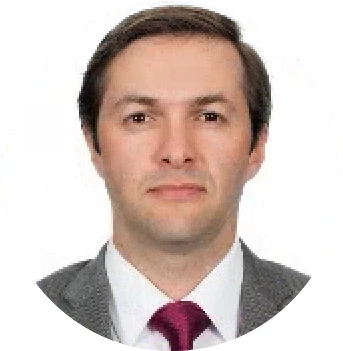 An employee of the Spanish water utility Idrica gives a tour of the control center during a Digital Water training for water sector professionals. Photo: Sarah Daggett/World Bank.
An employee of the Spanish water utility Idrica gives a tour of the control center during a Digital Water training for water sector professionals. Photo: Sarah Daggett/World Bank.
The Sustainable Development Goal (SDG) for water and sanitation—"to ensure availability and sustainable management of water and sanitation for all"—presents a global challenge of immense proportions. Despite notable advancements, around 2.4 billion people still lack access to improved sanitation, and approximately 700 million lack reliable sources of clean drinking water. Even in areas where access exists, issues like service interruptions, sewer overflows, and poor customer service persist. The Utility of the Future (UoF) Program offers a forward-thinking approach to transforming water and sanitation utilities, ensuring they can meet today’s demands while anticipating future challenges.
With the launch of UoF 4.0, we take one more step toward revolutionizing how utilities operate, adapt, and contribute to global development goals.
The Utility of the Future Journey: From Concept to Version 4.0
The UoF Program was designed to evolve continuously, aligning with the latest trends and priorities in the water and sanitation sector. Launched in 2020 as a prototype (version 0.0), it was tested in 10 utilities across 8 countries to promote internal improvements and embed change within organizational culture. This pilot informed the release of version 1.0, featuring multilingual guides and tools, which expanded to 40 utilities in 20 countries. The program’s dynamic nature and the growing demand from utilities for new topics led to the release of version 2.0. This iteration incorporated change management strategies through a human-centered approach, known as the SPEED framework, which empowered utility staff to lead and implement performance enhancements. Additionally, version 2.0 introduced new areas of analysis on environmental management, energy efficiency, and gender balance. By this stage, the UoF Program had expanded its reach to 90 utilities across 34 countries. The last update, version 3.0, launched in 2023, added learning resources, case studies, and practical improvement actions that could be implemented in the short term. Today, the program has engaged with more than 100 utilities in over 35 countries, contributing significantly to global conversations on performance improvement, sustainability, and efficient water and sanitation management.
Utility of the Future in Practice
At the utility level, the UoF Program’s 100-day plan focuses on targeted improvements in operations, human resources, finance, and planning. These practical adjustments lead to immediate process optimizations and pave the way for long-term improvements. In Siem Reap, Cambodia, e-signatures were added to streamline billing, cutting the process by over three days, while introducing online payments reduced paper usage. In Tegucigalpa, Honduras, the program supported the creation of a new utility, and in Durres, Albania, it facilitated a regionalization process.
At the national level, UoF drives sector reform. In Zambia, it has helped 11 utilities improve billing efficiency and reduce financial losses, creating a strategic model to reduce dependency on public funding and ensure sustainable water services. In the Philippines, after successful pilots in Manila, the program expanded to train Department of the Interior and Local Government staff, leading to its implementation in over 300 utilities nationwide.
At regional level, the UoF Program is establishing a Center of Excellence in the Western Balkans. This initiative, developed by the World Bank in partnership with the Swiss State Secretariat for Economic Affairs and the support of the Global Water Security and Sanitation Partnership, aims to drive a comprehensive transformation of water and sanitation utilities across the region.
What’s New in UoF 4.0?
Version 4.0 of the UoF marks a pivotal milestone in the program's evolution, introducing advanced analysis tools (UoF Lenses) in topics such as utility digitalization, nonrevenue water, and creditworthiness. In addition, to better address the diverse needs of utilities worldwide, the UoF process now is divided two distinct phases: UoF Standard and UoF Advanced. This structure enables utilities of varying sizes and capabilities to participate in a program tailored to their specific needs and priorities, maximizing the potential for meaningful and sustained transformation.

The UoF Standard phase establishes a foundation for transformation through three stages. The Ignition stage conducts a 360-degree utility analysis to identify gaps. In the Action stage, a 100-day plan drives immediate improvements. Finally, the Vision stage sets long-term strategic goals, forming the basis for a five-year business plan.
The UoF Advanced phase, an optional extension, dives deeper into sustainable improvements. During the Planning stage, utilities develop comprehensive business and investment plans. The Acceleration stage implements a one-year program to strengthen internal capacities and fast-track progress. Together, these phases enable utilities to tackle both immediate and future challenges strategically.
At the heart of UoF 4.0 is the SPEED dimension—Shake up, Pursue, Envision, Energize, and Dynamize. This framework emphasizes the human aspect of transformation, focusing on leadership, staff engagement, and behavioral change. The SPEED dimension ensures that the technical improvements made during the transformation are underpinned by strong organizational culture and leadership, fostering a more sustainable and resilient utility.
As we move forward, the UoF program will continue to grow and evolve, building on the feedback and experiences of the utilities that engage with it. The future of water and sanitation services is not only about addressing current deficits but also about reimagining what is possible. UoF 4.0 guides utilities closer to achieving the United Nations' SDG for water and sanitation by providing a clear, actionable roadmap for utilities to follow.
With the Utility of the Future 4.0, we’re not just preparing utilities for the future—we’re empowering them to shape it.





Join the Conversation